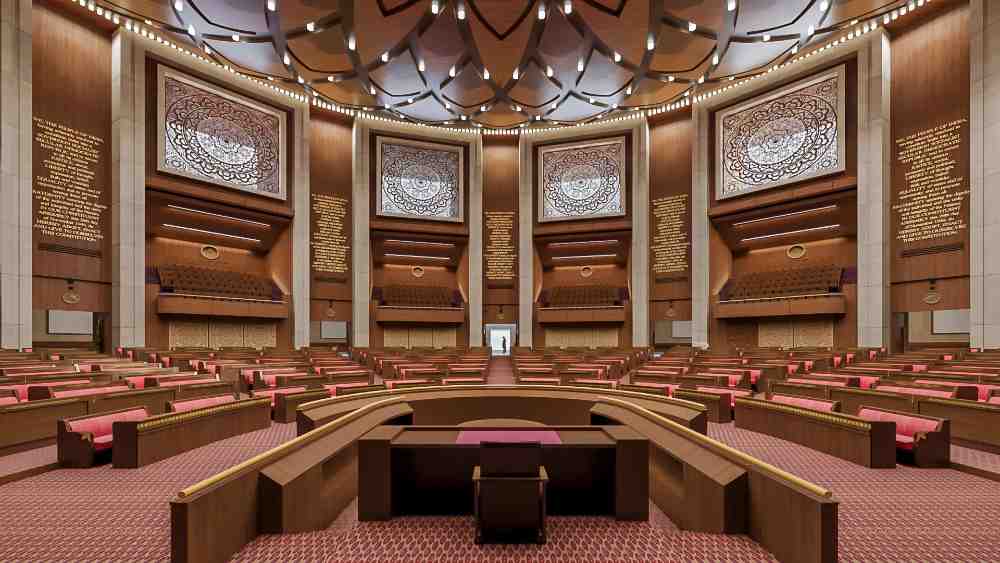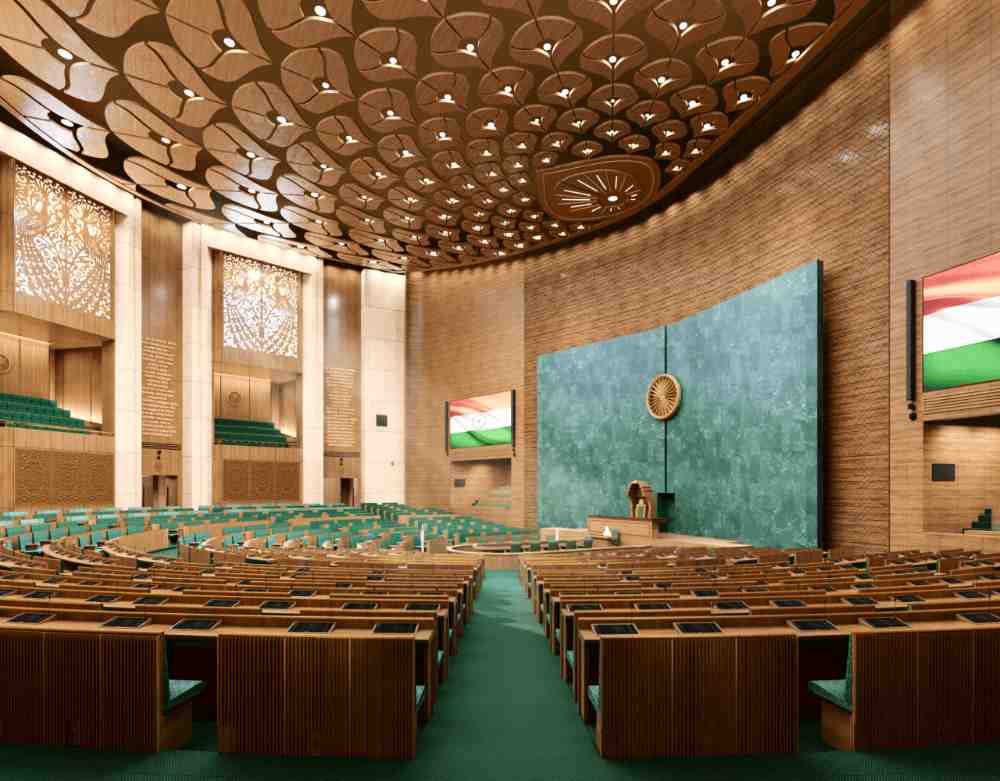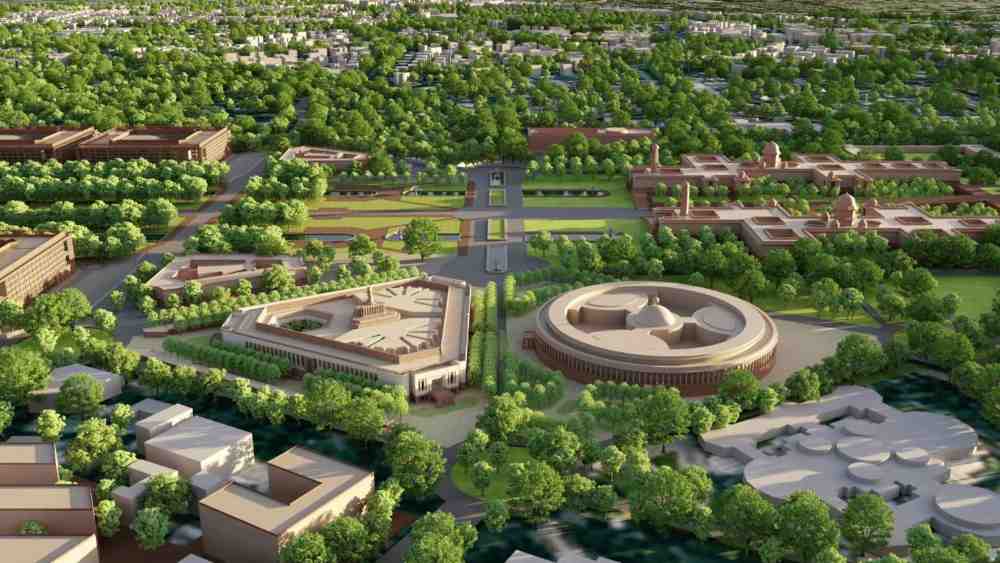The new Parliament building in Delhi, set to be inaugurated by Prime Minister Narendra Modi on May 28, represents the spirit of a self-reliant India (Aatmanirbhar Bharat). Replacing the old Parliament building, which was completed almost a century ago in 1927, the new structure is a significant addition to the Central Vista project in the National Capital.
Here are 10 key features that distinguish the old and new Parliament buildings
Increased Seating Capacity: The new Parliament building will be able to accommodate 888 Members of Parliament (MPs) in the Lok Sabha, three times the capacity of the current Lok Sabha. Similarly, the new Rajya Sabha will have provision for 384 seats, addressing the need for additional space for future MPs.

Absence of Central Hall: Unlike the old Parliament House, the new building will not feature a Central Hall. Instead, the Lok Sabha Hall in the new Parliament House is being designed to accommodate joint sessions, eliminating the need for additional chairs during such sessions.
Earthquake-Proof Construction: Considering Delhi’s increased seismic activity, the new Parliament building is being constructed to withstand earthquakes. It will be reinforced to withstand strong shocks in Zone 5, ensuring the safety of the occupants.
Peacock and Lotus Flower Theme: The Lok Sabha and Rajya Sabha in the new Parliament House will showcase distinct themes. The Lok Sabha will incorporate the National Bird, the Peacock, while the Rajya Sabha will feature the National Flower, the Lotus, in their respective structures.

Modern Technological Facilities: To enhance the technological capabilities of the House, each MP’s seat in the new Parliament House will have a multimedia display in front of it. This feature, a gift to the country on the 75th anniversary of Independence, makes it the first Parliament building constructed after India’s independence.
Eco-Friendly Initiatives: The new Parliament building prioritises sustainability and eco-friendliness. It will use green construction materials and incorporate devices to save 30 percent electricity consumption. Rainwater harvesting and solar power generation systems will be implemented to promote renewable energy sources.

Enhanced Committee Room Facilities: The new Parliament House will include a significantly higher number of committee rooms equipped with sophisticated audio-visual systems. This upgrade will facilitate the smooth functioning of Parliamentary committees.
Media Facilities: Special facilities for the media will be provided in the new Parliament House. A total of 530 seats will be arranged for media personnel. Both houses will have galleries for the general public to witness parliamentary proceedings, ensuring a clear view from every seat.
Public-Friendly Design: The new Parliament House aims to be more accessible to the public. Preparations are underway to make it a public parliament house, with easier entry for children, elderly individuals, and disabled individuals. Special entrance points will allow the general public to reach the Public Gallery and Central Constitutional Gallery. Additionally, the new building will have improved fire safety features.
Architectural Design and Construction: The construction of the new Parliament building is being undertaken by Tata Projects Limited, with the design by HCP Design Planning and Management Private Limited. The total area for construction is 64,500 sqm, creating a modern architectural marvel in the heart of Delhi.
